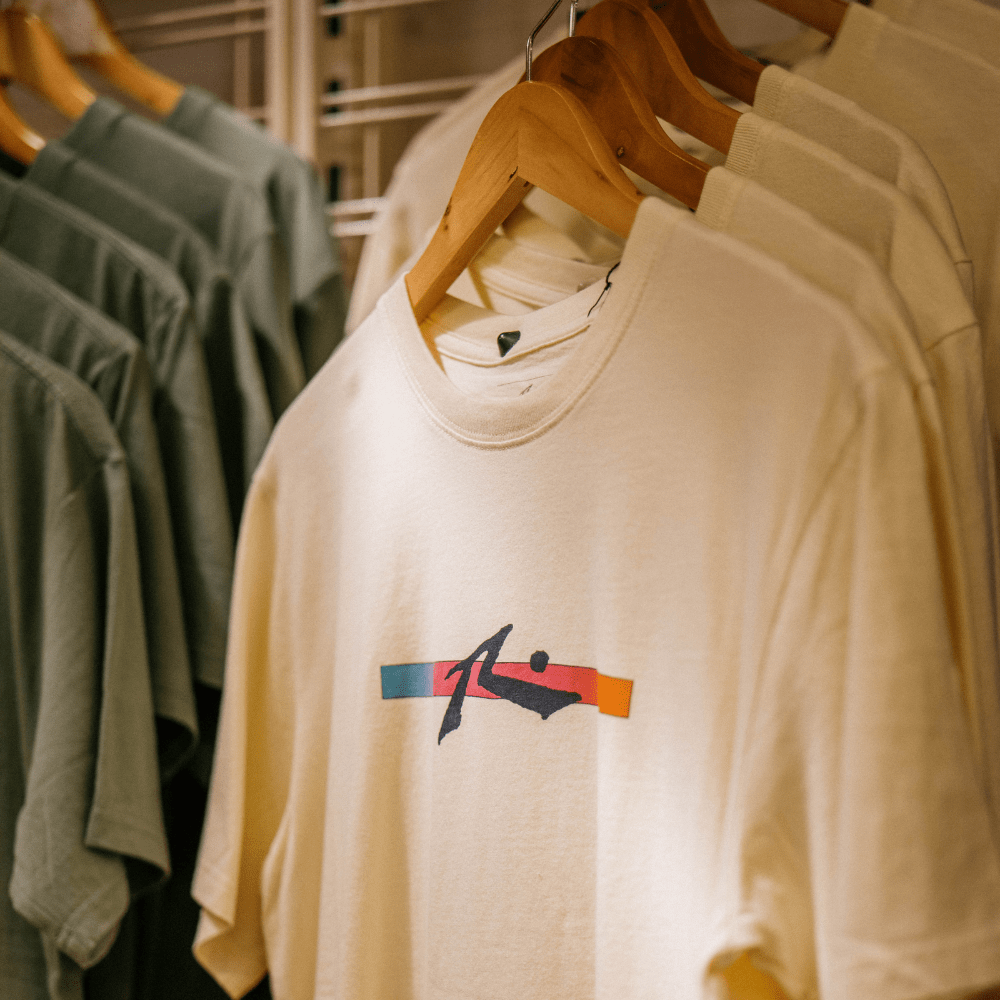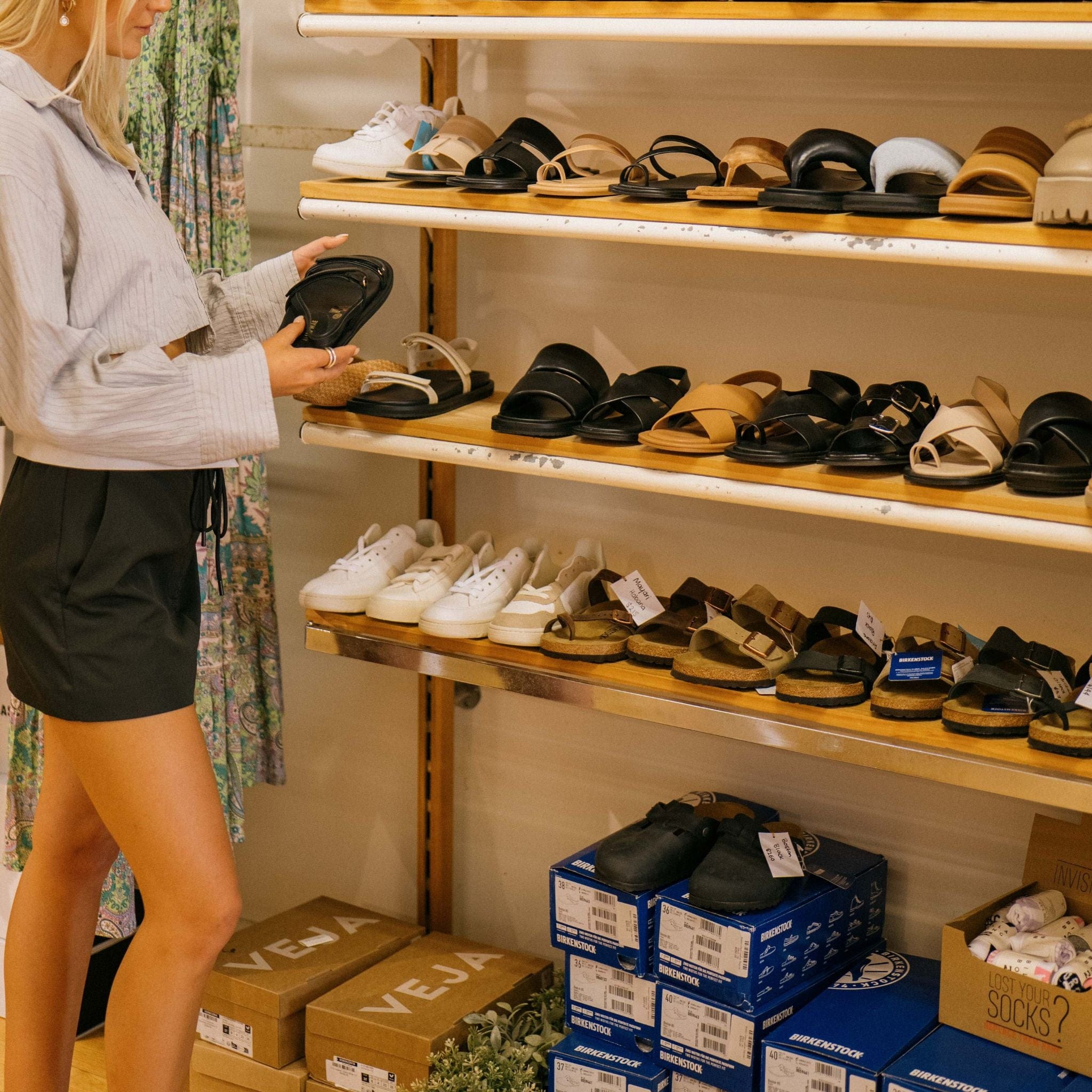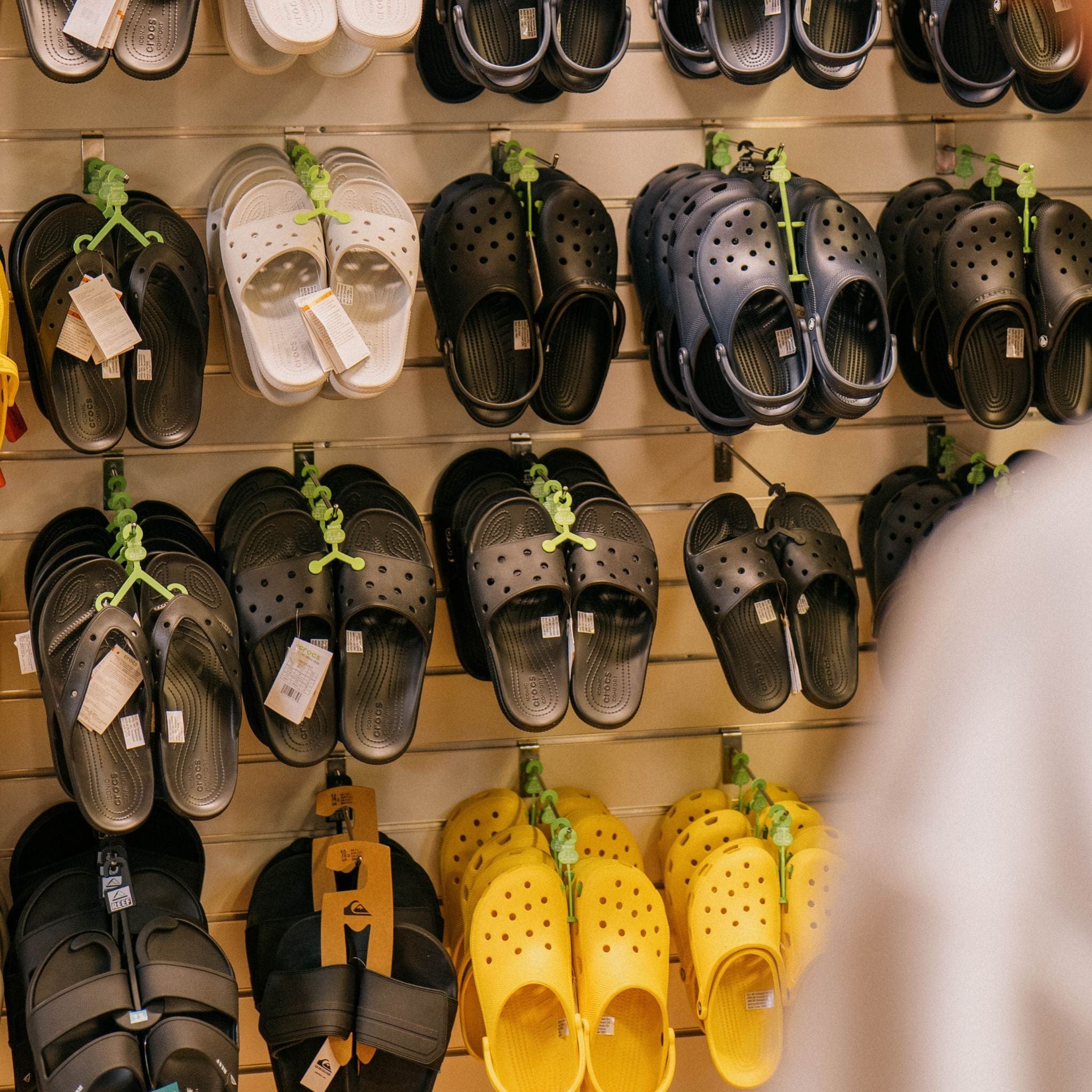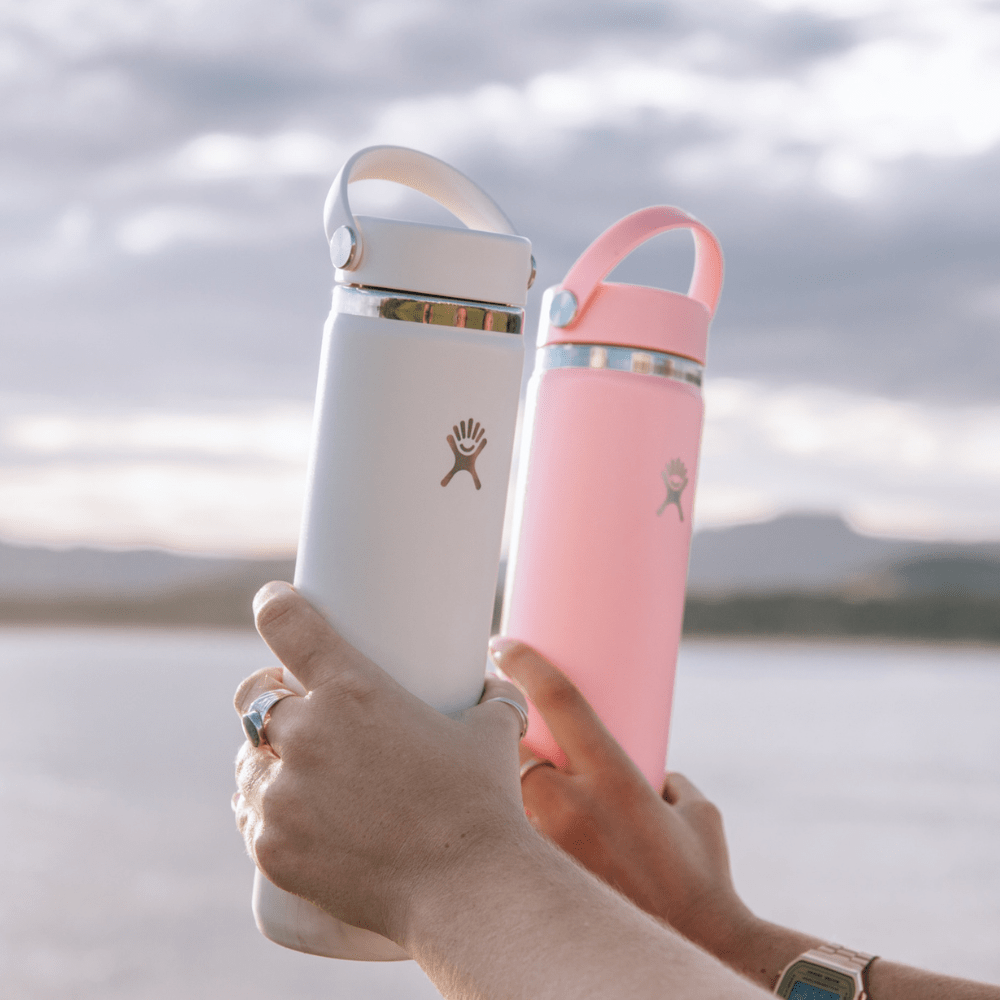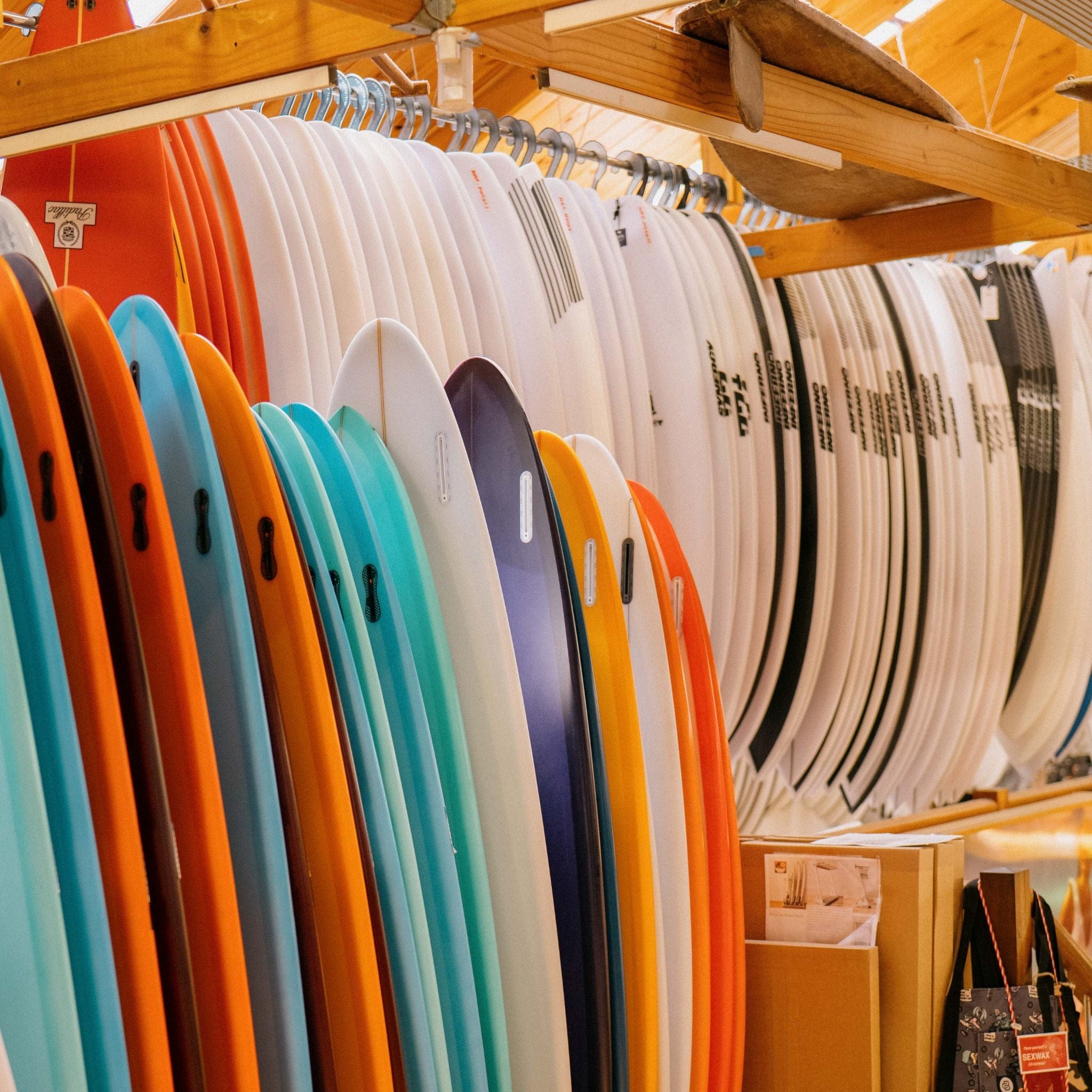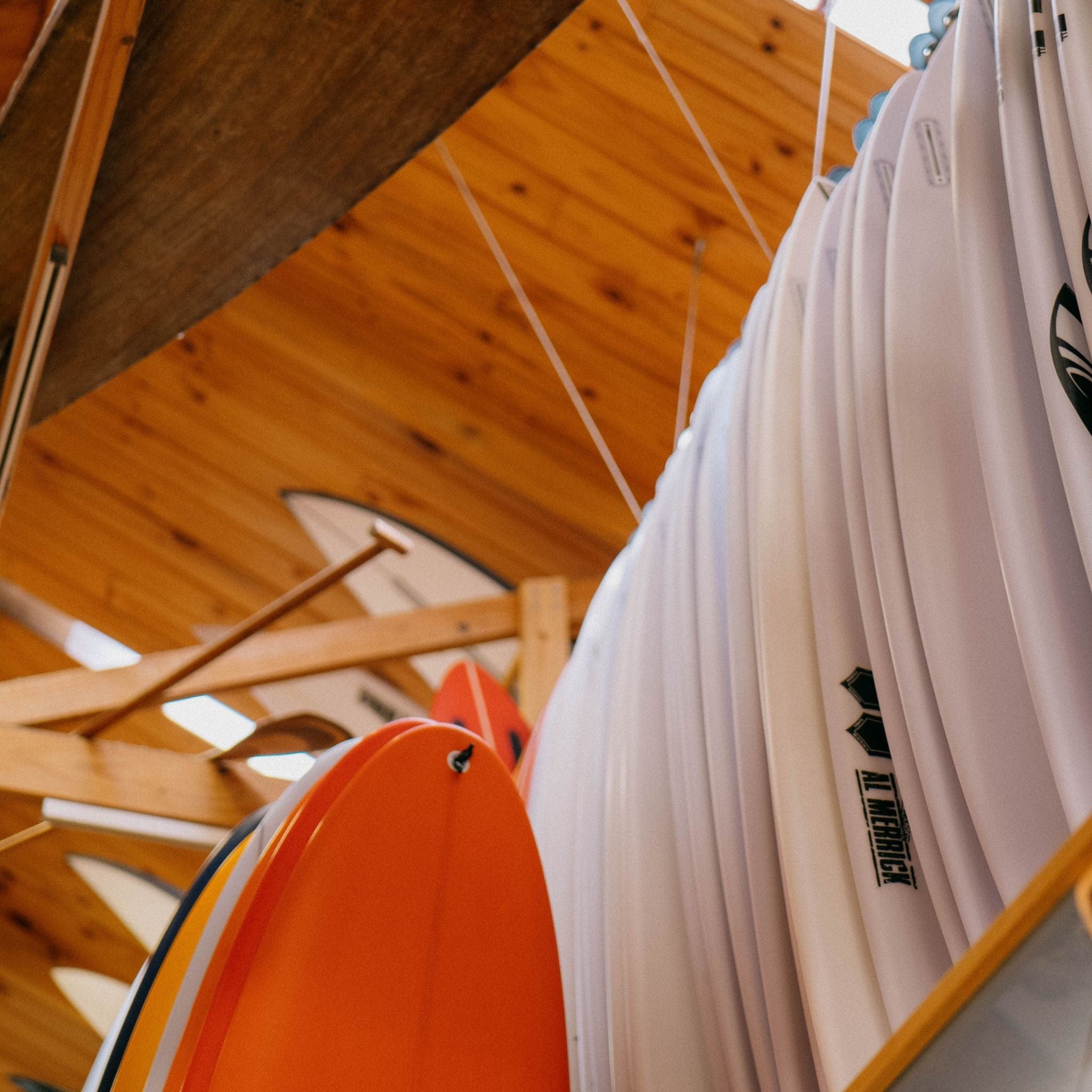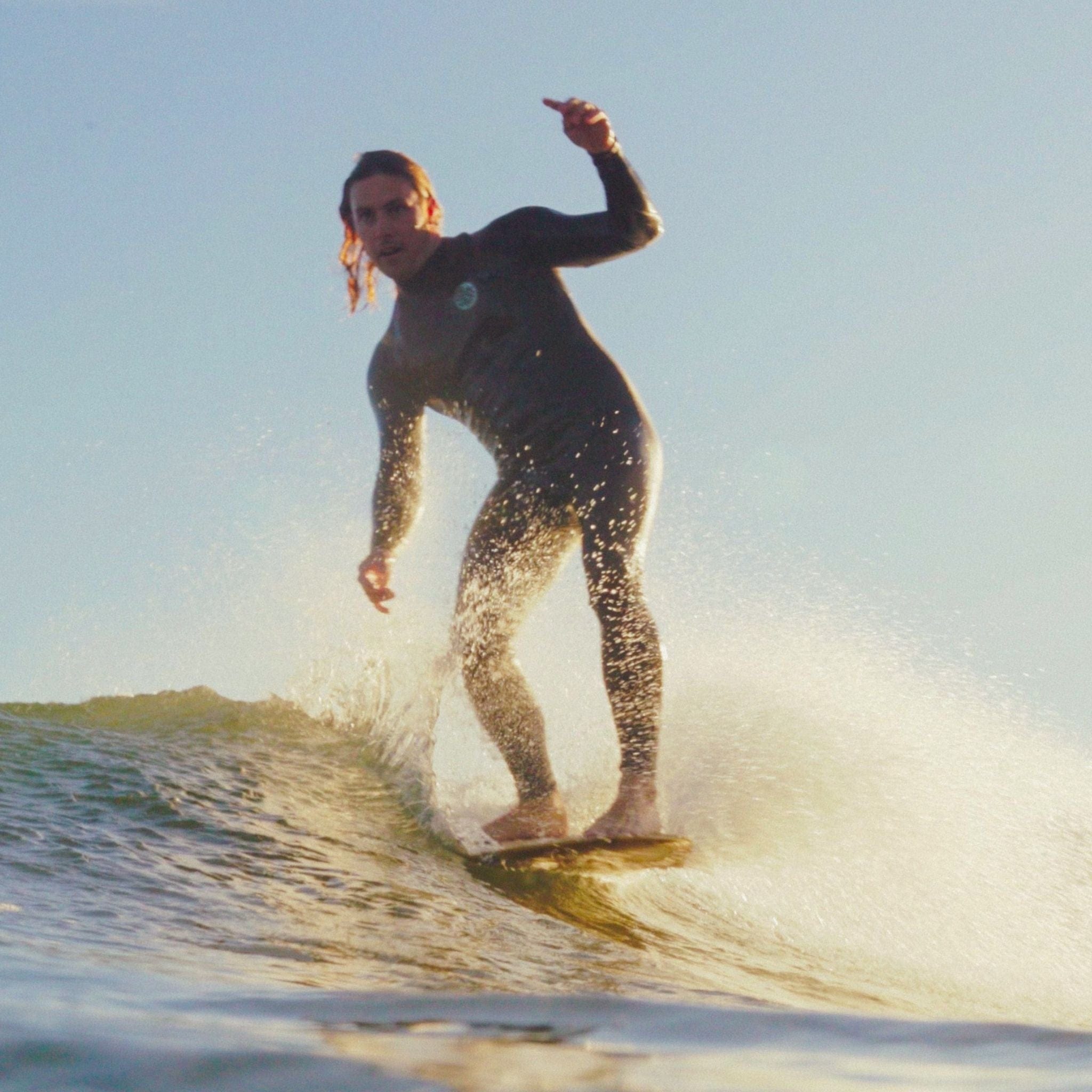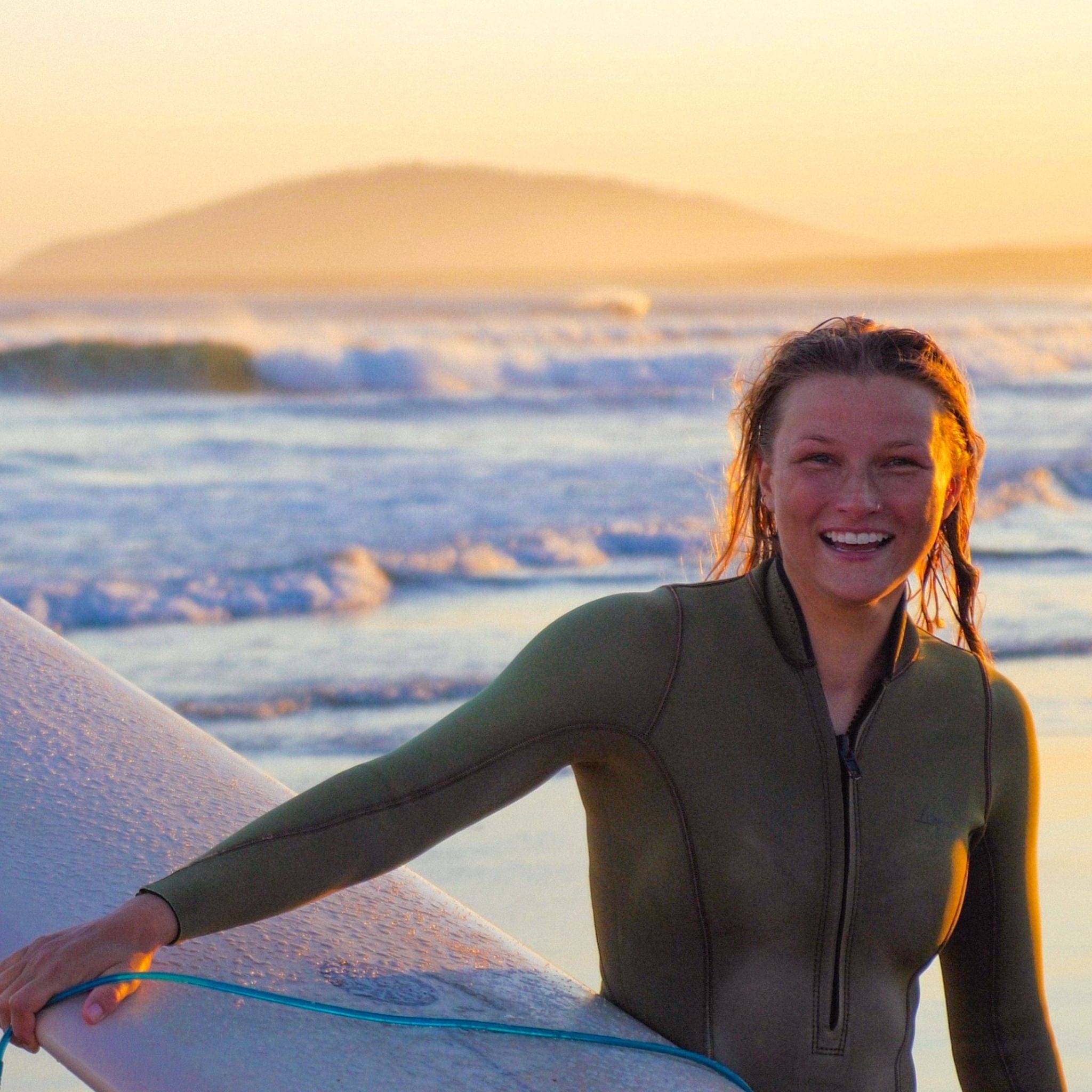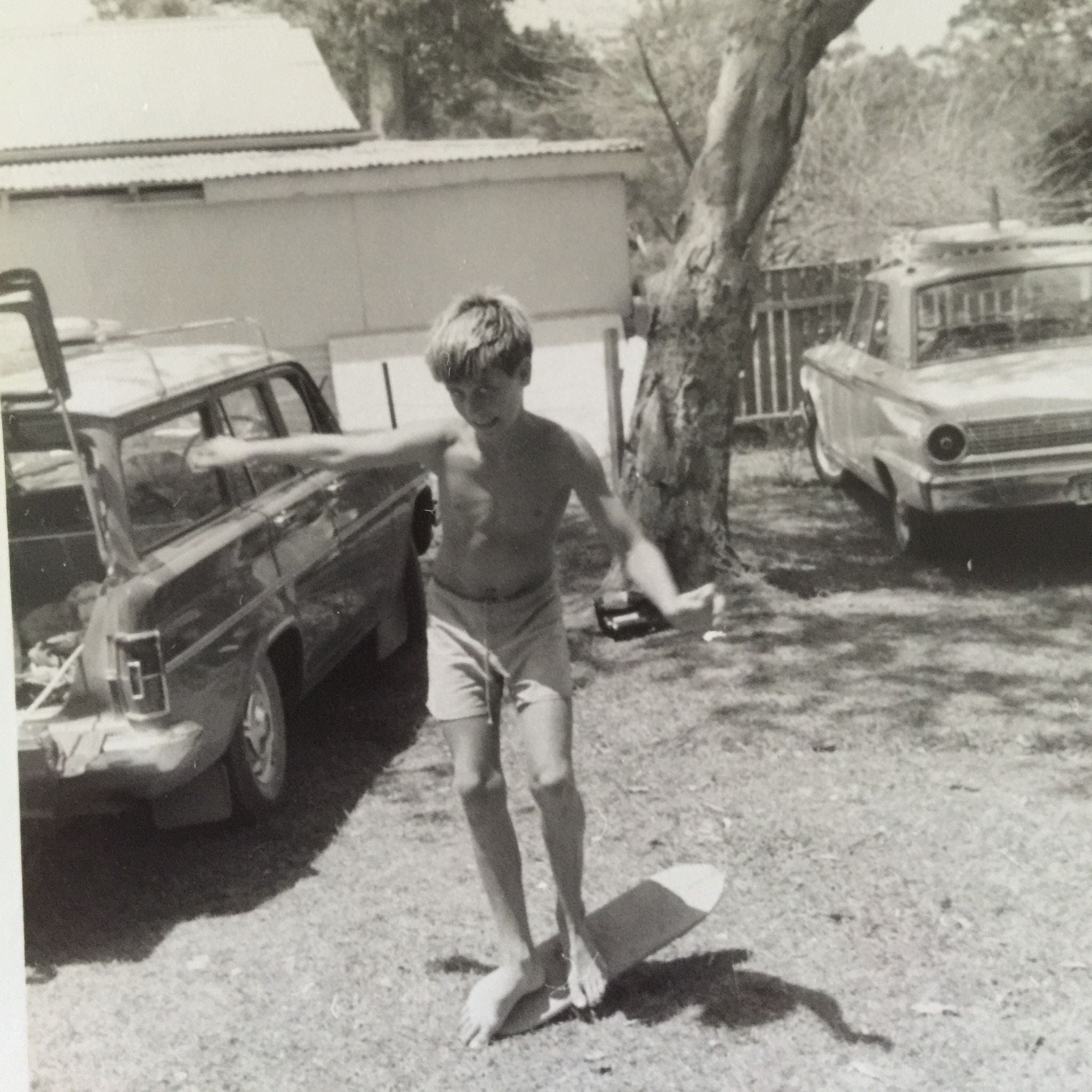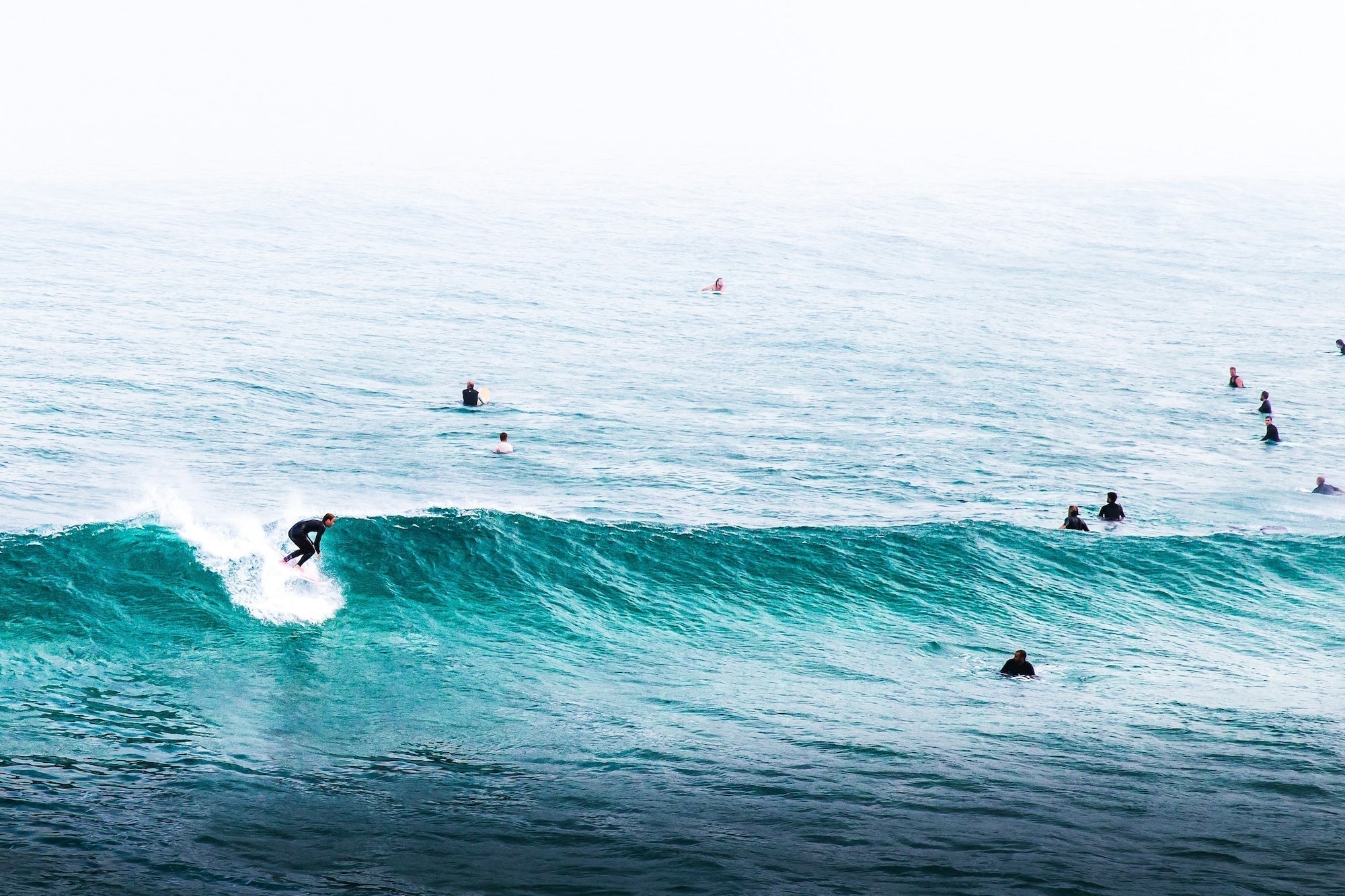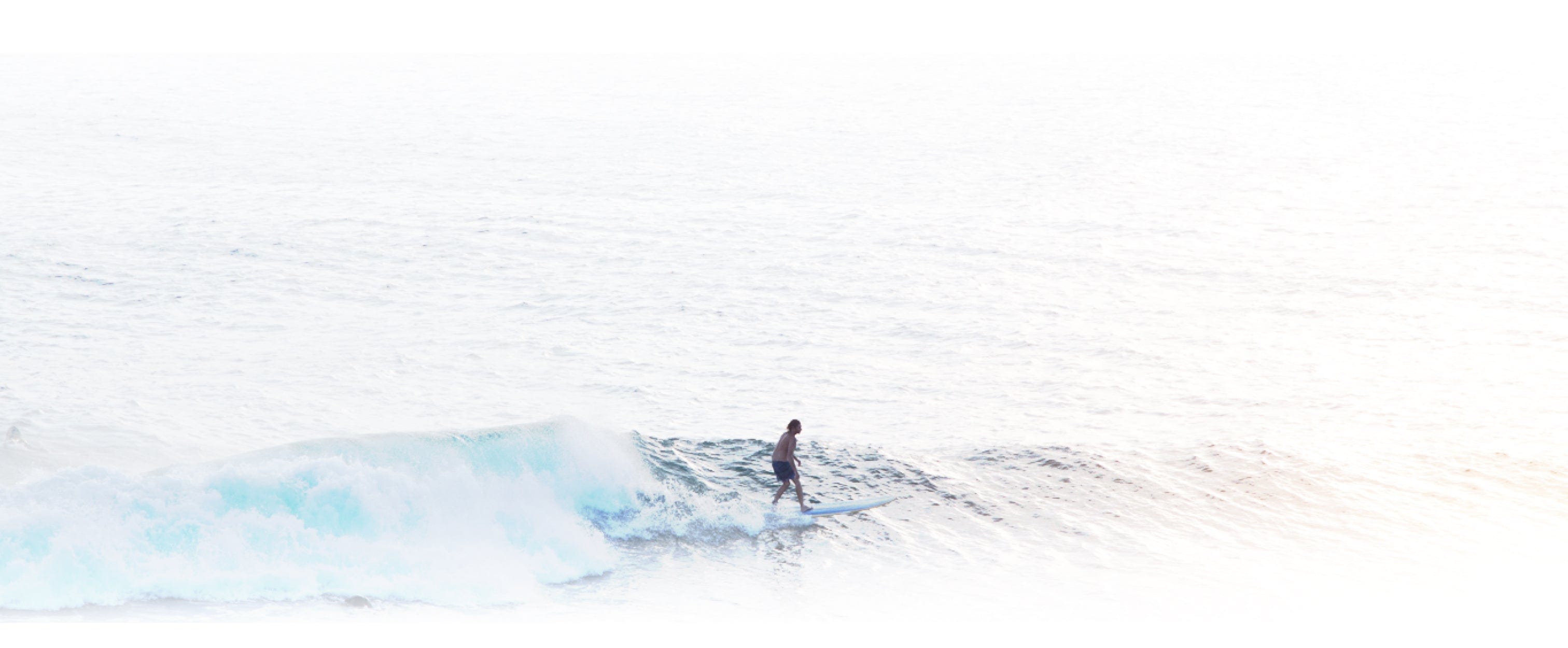Surfing and the ocean might seem all free and easy from the outside looking in, but the truth is that there are certain rules and etiquette that dictate all aspects of wave riding.
Whether it's respecting other surfers, not hogging all the waves, waiting your turn and knowing how to handle yourself in different situations, surfing is all about coexisting and sharing the waves with others.
This guide covers some basic surfing rules, surf etiquette and ocean IQ that all surfers should know. And if you’re just starting out, this should become your surfing code of conduct bible!
Why Surf Etiquette Matters
Surf etiquette refers to the principles and unwritten rules that govern surfing behaviour in the ocean.
Just like any sport or activity, there are certain codes of conduct that you should follow to ensure a safe and enjoyable experience for everyone catching waves at the beach.
Without surf etiquette, the line up would be a free-for-all whereby the most aggressive or experienced surfer would dominate. This isn't fun.
Surf etiquette evens the playing field and ensures everyone can enjoy surfing... even in crowded lineups.
On a deeper level, surf etiquette pays respect to the ocean and its power. And trust us when we say the last thing you want to do is disrespect Big Blue!

Essential Surfing Rules
There are over a dozen unwritten rules that make up the foundation of surf etiquette.
Most of these you're safe to learn as you progress along your surfing journey. Surfing rules and etiquette also differs from country to country.
For punters in Australia though, these are the main basic rules you must keep in mind.
Right of way
Right of way, also known as "priority", is the most essential rule in surfing.
Knowing who has the right of way and when to yield can make or break a surf session. How right of way works can vary depending on the surf spot, but generally:
-
The person closest to the peak of the wave has right of way
-
If two surfers are equally close to the peak, then the surfer closest to the breaking part of the wave (the "critical section") has priority
-
A surfer already riding a wave always has the right of way over someone paddling out
It's important to respect this general rule and not to paddle for waves that aren't yours. This can cause collisions and ruin someone else's ride.

Snaking
Snaking is the act of disregarding the right of way and paddling around another surfer to catch a wave that isn't rightfully yours.
Think about it like walking into the bank on a busy Tuesday morning and cutting straight to the front of the line. You're essentially stealing someone else's turn... and it's not cool.
Not only is snaking a violation of etiquette, it can also be dangerous. Snaking often leads to collisions and can result in injuries to both surfers involved.
Snakes are pretty awesome. Snaking isn't. Don't be a snake.
Wait your turn.

Burning/dropping in
If there's one surfing faux pas that causes the most heated arguments, it's burning or dropping in on another surfer's wave.
This is when a surfer takes off on a wave that another surfer is already riding, without giving respect to the rule of right of way.
We often see beginners drop in on more advanced surfers, but this can be forgiven because you're only starting out.
To intentionally drop in on someone (when you know better) is the height of rudeness. And regardless of whether you've been surfing for years or days, you should never burn another surfer.

Communicating intentions
If you've never been in a busy lineup before, you might be surprised to hear surfers shouting and signalling to each other.
This is because communication is key when it comes to surfing.
Paddling out, catching a wave and navigating through the lineup all require clear communication between surfers. It's especially important at beach breaks where there are no set takeoff spots and surfers are constantly moving around.
When someone has priority for a wave, they usually indicate it by shouting "Yes", "Mine" or even just "Oi"!
By doing this you signal two things. The first is that you claim the wave and the second is that it alerts people around you to clear the road.

Respecting locals and the environment
Last but not least, always respect the locals and the environment.
Localism gets a bad wrap, but consider it from the person who has lived their whole life in a certain spot.
They have childhood memories, have grown up surfing those waves and have a deep connection to the ocean in that area. To roll into town, cause a ruckus and take over their waves can be seen as extremely disrespectful.
Same goes for the environment.
Treat it with care and leave it how you found it. Don't litter or damage the natural surroundings. And feel free to word up people who do.
Most of the time it's a lack of knowledge or understanding that causes people to act in a disrespectful manner. So educate yourself and others on how to be a responsible surfer and ocean lover.

How to Stay Safe and Keep the Vibe Positive
Ultimately, you can avoid negative encounters in the water by following some basic guidelines and being mindful of your actions.
Paddle wide around the lineup when stroking towards the peak (so you don't paddle through someone else's wave), brush up on your surf education by reading articles like this and show good manners in the water. Also, make sure you have the proper surfing equipment. This ensures you don’t endanger yourself or others.
There's often certain surfers who ruin the vibe, but you needn't sink to their level. You catch more bees with honey.
Likewise, being cool in the water will see you catch more waves and earn your place in the lineup.

Common Questions About Surf Etiquette
Q. Can two surfers ride the same wave?
No. Not unless someone calls "Party wave!" or it's your friend and you're pulling a cheeky drop in. Just remember: single wave, single surfer.
Q. How do I know who the closest surfer to the peak is?
The peak is a predefined takeoff spot on the wave. Usually, it's where the wave first breaks. The surfer sitting closest to the peak has the right of way and is entitled to catch the wave.
Q. Is there a rule about how many waves I can catch per session?
No, there's no official rule about this. You can catch as many waves as you're entitled to. Just be wary of taking too many waves, especially if it's crowded and other surfers are waiting to catch their share. Always give others a chance to catch a wave.
Q. What if I accidentally drop in on someone?
Most drop ins are harmless accidents. So long as you, the other person and your surfboards are OK, it's all good. If you find yourself in such a situation, apologise to the other person and try to avoid it from happening again. Most cases can be diffused this way.
Q. What if I'm unclear about surf etiquette?
Easy! Don't let it stop you from paddling out. Just make sure you surf safely and respectfully of others. Observe, keep control of your board and be mindful of your surroundings. If you're unsure about something, just ask a local or an experienced surfer for some guidance.
Q. Why does surf etiquette differ from place to place?
Within Australia there isn't much variation, but different countries have their own unwritten codes of conduct. These differences are mostly due to the level of crowds and local culture. It can be jarring when you begin travelling to surf, only to realise that what’s considered polite and respectful in one place, may be completely different in another. Again, pick your moment, remember safety first and always be aware of your surroundings.

